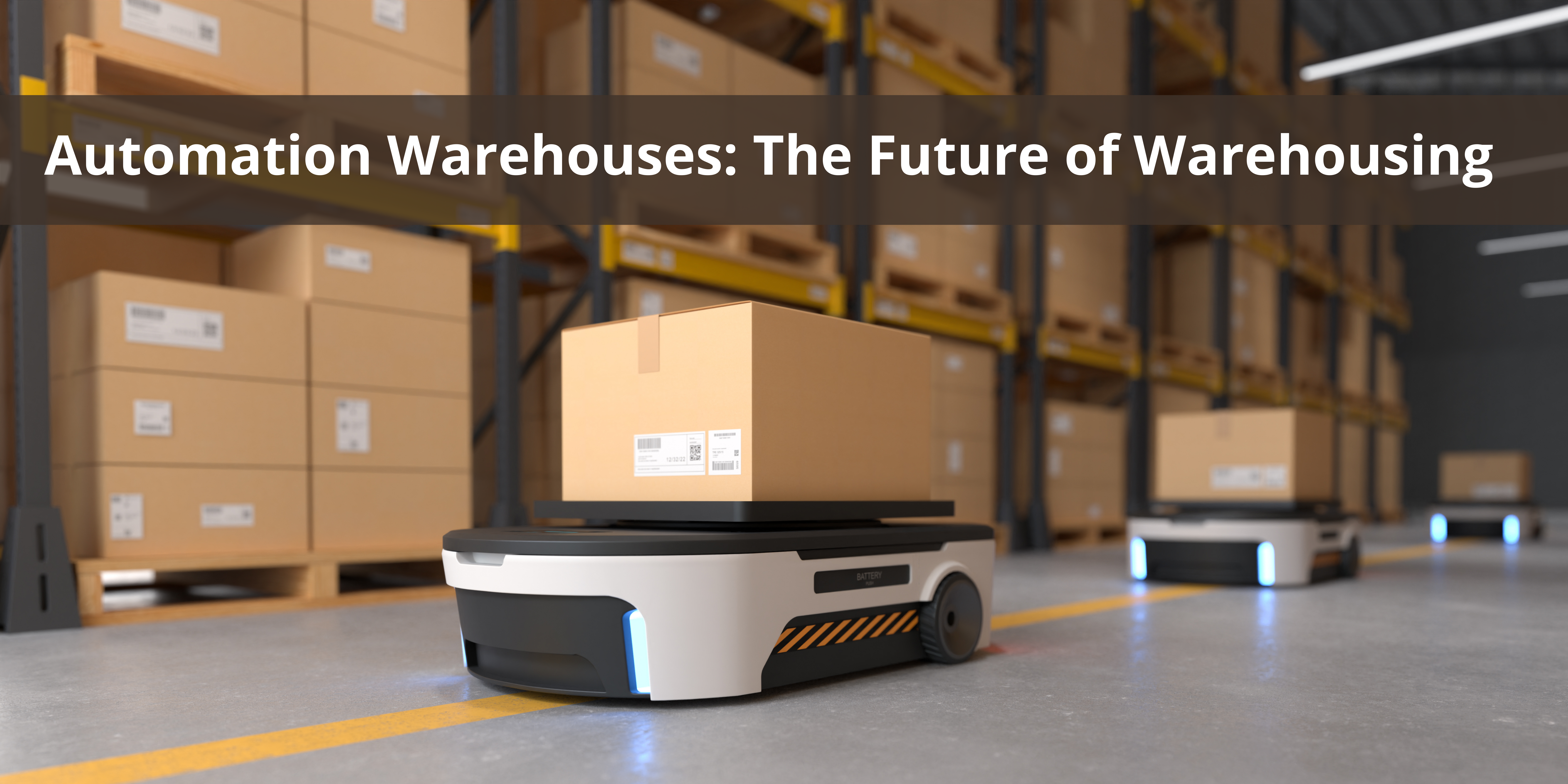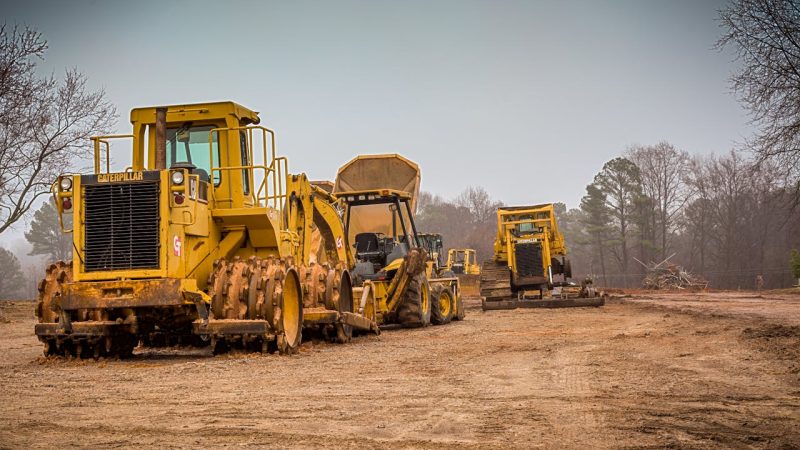Automation Warehouses: The Future of Warehousing

In parallel with the growing influence of e-commerce in world retail, warehouses that manage goods have also grown in prominence. Despite the challenges, e-commerce firms have been cutting labor costs through automation and a hiring spree in warehouses. In the past few years, cobots – or collaborative robots – have emerged to assist humans with tracking down and delivering packages. However, its long-term goal seems to be full automation.
Although the reality is quite different from what appears. However, there is no doubt that automation is spreading to more and more industries, and warehouses are among the most likely candidates. Meanwhile, the industry giants continue to experiment with robotics, but some people further down the chain still don’t acknowledge or question the value of automation.
Warehouse Automation
Warehouse automation refers to automating inventory movement within and out of warehouses with minimal assistance from humans. Automating a company’s operations eliminates labor-intensive tasks like data entry, analysis, and repetitive physical work.
For example, Warehouse workers may load heavy packages onto autonomous mobile robots. Inventory is moved from one end of the warehouse to the shipping zone by a robot, and software records the movements to keep all records up-to-date. With these robots, this task becomes more efficient, speedy, reliable, and accurate.
Several types of warehouse automation exist:
- Assisting workers with inventory processes using robots and machines.
- Tracking the inventory as soon as it arrives in the warehouse to when it leaves for distribution or sale.
- Workers can locate orders using barcodes and LED lights when using pick-to-light systems.
Automating warehouses usually refers to replacing manual labor with software rather than physical or robotic automation. As a result, the scenario illustrates how robots and humans collaborate to accomplish repetitive tasks in a safe manner.
Pros of Warehouse Automation
Enhanced inventory visibility: The automated inventory management, including data gathering and inventory transactions, allows for faster, more accurate, and efficient tracking. Additionally, it reduces lost inventory, shrinkage, and misplacing. Often, inventory automation involves the use of a barcode scanner and other equipment. A drone’s ability to easily navigate inside a facility makes it an ideal tool for automating inventory management.
Enhancing productivity: Through automation, employees will increase their productivity levels without increasing their headcount. Therefore, the warehouse output will increase, work safety will increase, and processes will be easier and more attractive to carry out. It will lead to increased productivity and better utilization of human resources.
Better use of warehouse space: The use of automation minimizes inventory stocking levels, as well as space and capital requirements. Thus, the warehouse can make maximum use of space, flow, and layout. In the future, the facility can use this space for more valuable purposes, such as expanding capacity, improving production processes, or developing new products.
Enhanced resilience: When the pandemic hit, automated warehouses had the advantage due to their inherent ability to unexpected events. Increased consumer demand, new safety, and sanitation measures, and social distancing measures all impacted fully human-operated warehouses. Despite popular belief, companies that controlled their truck fleets and robots from a single dashboard fared better than those who could only manage them.
Minimizes operational costs: Automation will allow businesses to minimize human error, which will ultimately save money. By automating their warehouse operations, they are also minimizing the amount of time spent on manual tasks. Meanwhile, workers will spend more time on other important processes, duties, or jobs with the automation of repetitive tasks.
The Future of Warehousing
Adopting today’s latest technologies is not as easy as it may seem. In terms of warehouse design, existing facilities typically have legacy designs and layouts, so new automation should not only be flexible but also minimize disruption without significantly increasing capital expenditures.
According to the report by Astute Analytica, the global warehouse automation market is forecast to grow at a compound annual growth rate (CAGR) of ~15% during the forecast period 2020-2025. Rising labor costs in warehousing and industry growth drivers of eCommerce fulfillment are primary factors supporting market growth. Increasing complexity in global supply chains, omnichannel retailing, and consignment inventory force warehouses to cut costs, reduce inventory cycles, and increase throughput. Automating the warehouse will help streamline the process.
The adoption of warehouse automation has increased due to increased investments in research and development activities, high labor costs, a shortage of skilled laborers, a growing awareness of warehouse automation benefits, and the increasing demand for automation in industrial sectors. In order to improve operational efficiency and boost worker safety at warehouses, companies are increasingly implementing technologically advanced components, such as RFID tags, sensors, and scanners. In addition to monitoring and tracking inventory in real-time, these technologies can streamline logistics processes with minimal human error. Thus, technological advancement is enabling warehouse automation to grow significantly.
Warehouse automation plays a crucial role in the supply chain, and there is no sign that it will end any time soon. As forward-thinking, innovative companies embrace the latest advances in technology, the future of warehousing is bright.
Athour bio:
Emma is a freelance writer and content strategist who offers to ghostwrite, blogging, and copywriting services. She has a keen interest in content marketing with a hold on social media management and market research. With more than five years of experience in writing for different domains, currently, she is exploring a new area of interest in “Information Technology”. Pitch her out to discuss interesting and niche IT domains that are blooming in integration with modern technologies.




